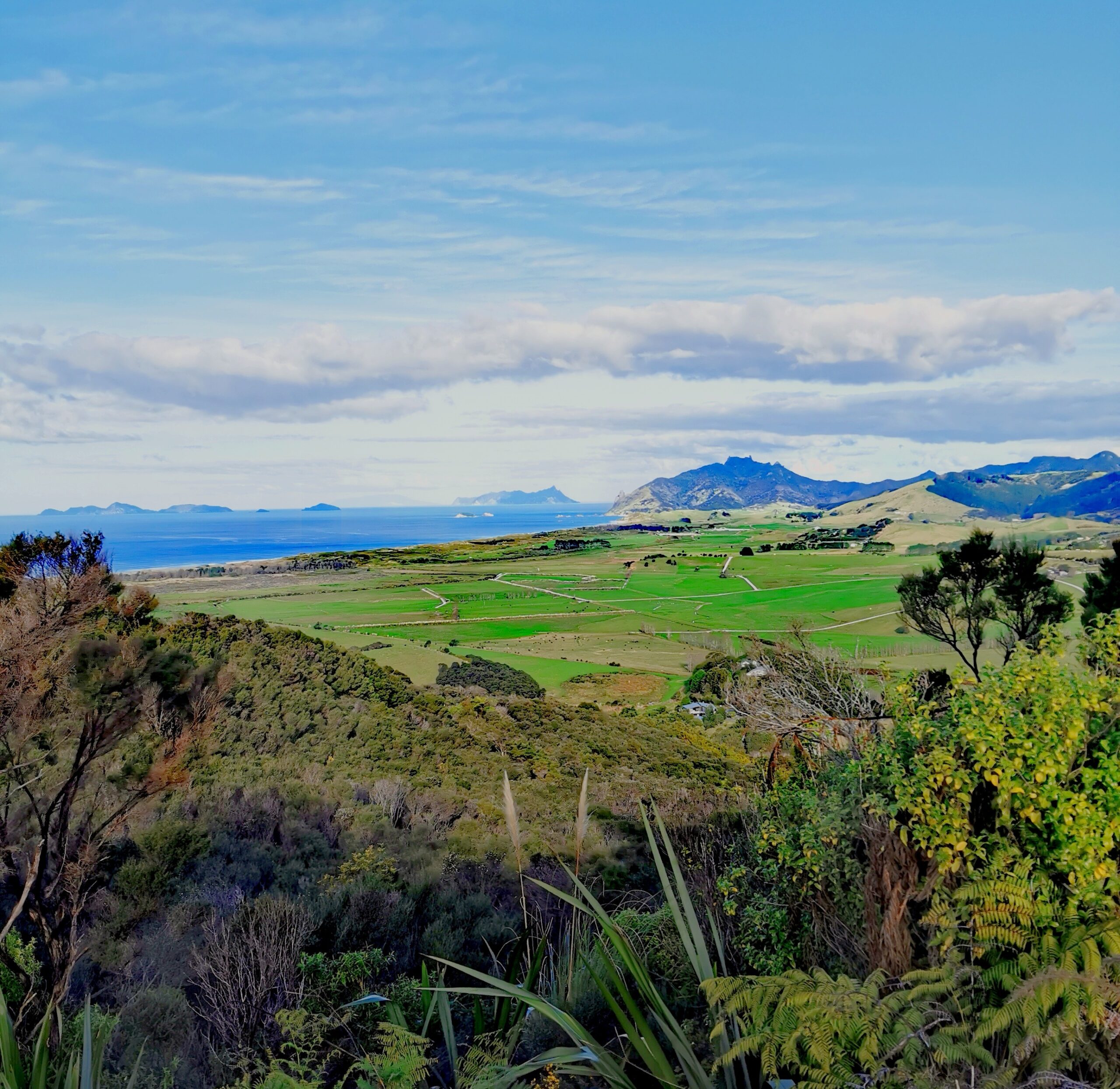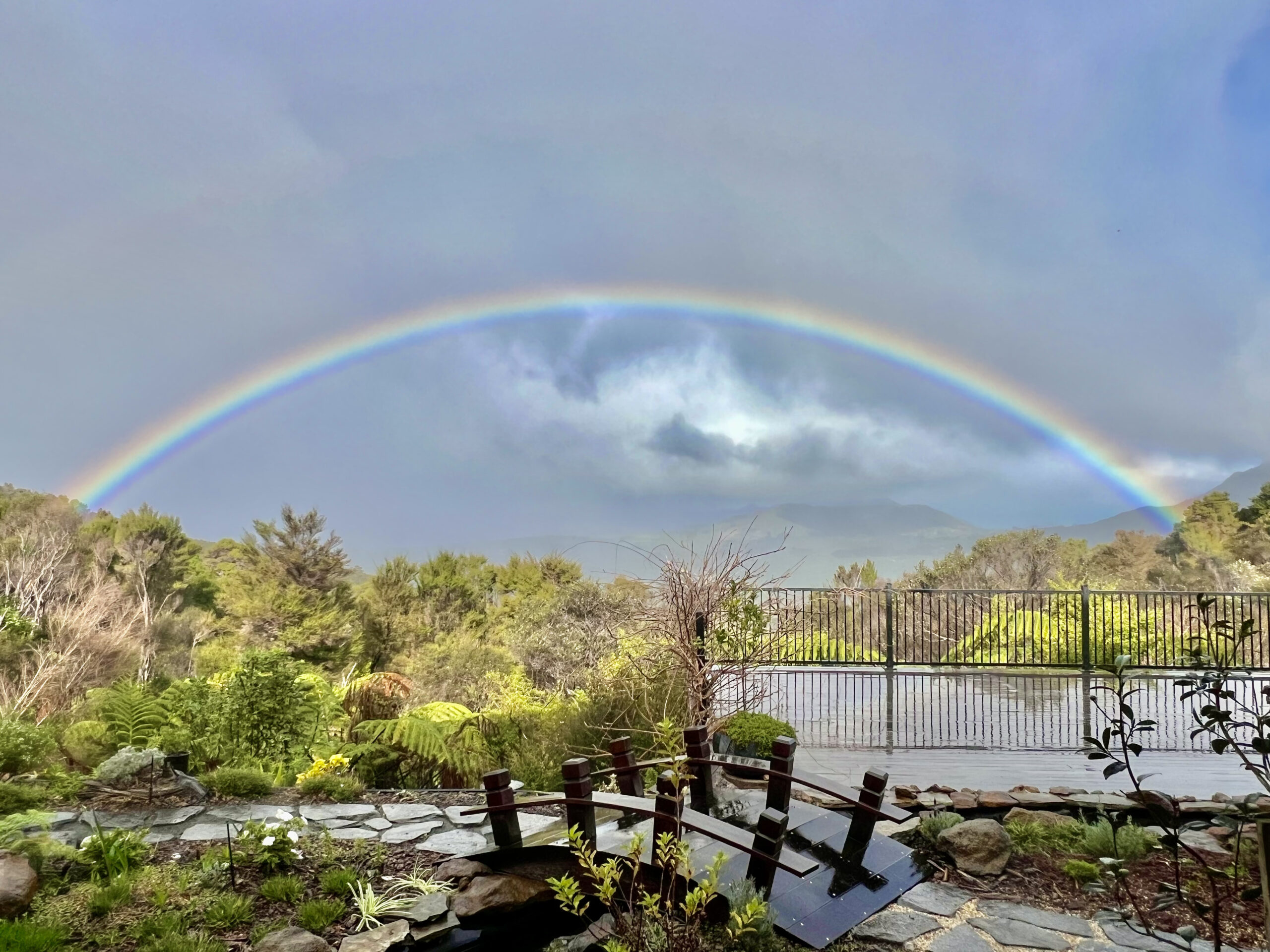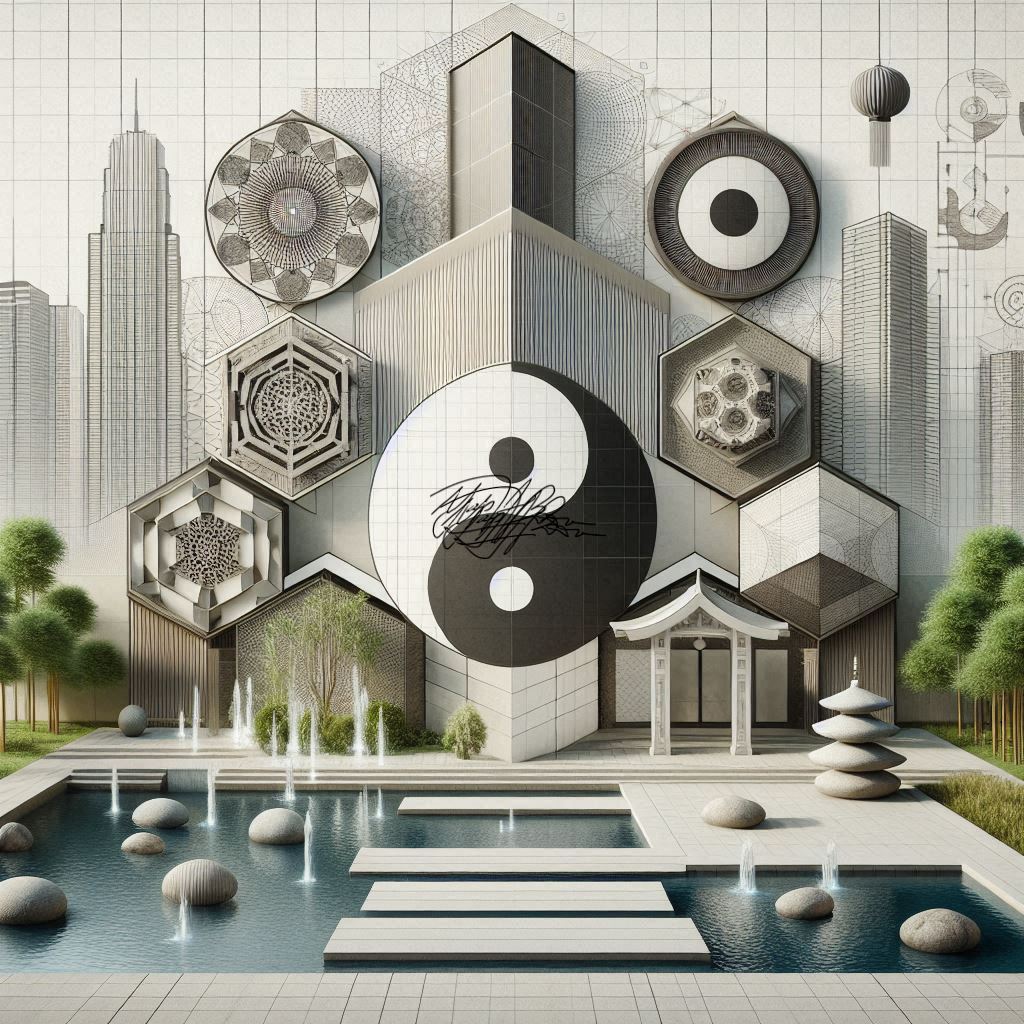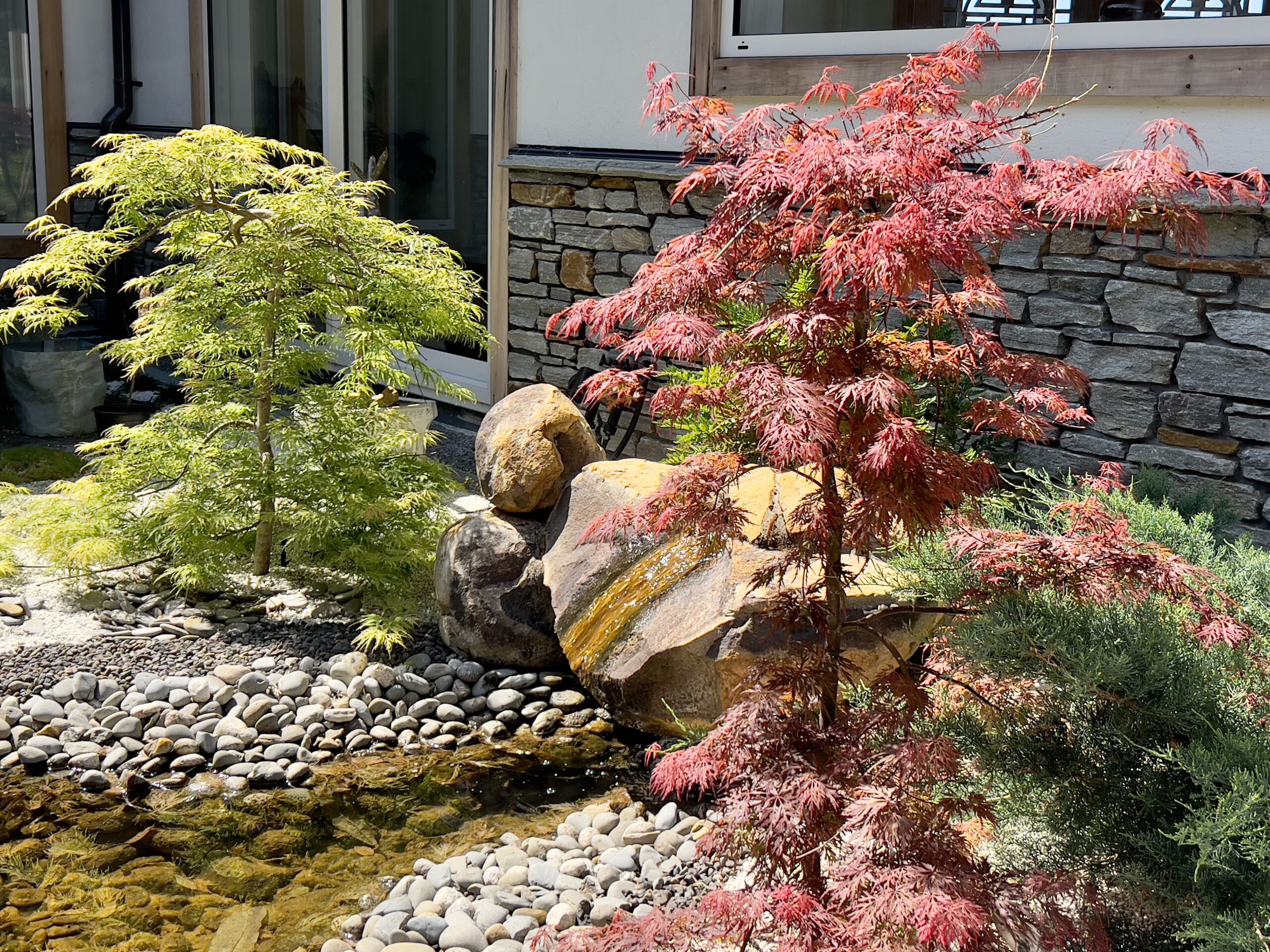- TRAVEL
- Monday, 29 Jun 2009 12:00 AM MYT By Majorie Chiew

A group of adventurous volunteers took the route less travelled, and was greatly enriched by the experience.
AFTER their stint in Wayao, the Kham Aid Foundation’s volunteer art conservators journeyed deeper into Kham Tibet to check the state of repairs of temples on their itinerary.
They travelled through the more rugged and lesser trodden northern route of the Sichuan-Tibet Highway, once an important yak caravan trail referred to as Chamadao (Tea Horse Trail). The highway was newly paved and open when they were there in 2007.
The team made a brief stop at Lhagang Monastery in the Tagong Grassland.
Lhagang is said to be located on holy ground surrounded by five sacred mountains. A replica of the famous Lhasa Jowo (statue of Buddha) resides in the Jokhang Temple, the most sacred temple and revered by all Tibetans in Lhagang.
On their way to Derge, the team of seven volunteers passed through many Tibetan frontier towns and mountain passes that kissed the skies at above 4,000m, with the highest, TroLa Pass, reaching 5,050m. It is customary to fly prayer flags in mountain passes.
“Typically a horse is featured with prayers and mantras printed on coloured cloth strung together. By hanging flags in high places, the ‘Wind Horse’ will carry the blessings depicted on the flags to all beings,” explains Boon Yap, one of the Malaysian volunteers.
“As the prayer flags fade, they become a permanent part of the universe. Just as life moves on and is replaced by new life, new flags are mounted alongside the old to symbolise a welcoming of life’s changes.”
Along the way, the team also visited other monasteries. On their itinerary were the Tibetan Buddhist monasteries of Palpung and Pewar. Both these monasteries have great historical, architectural and artistic values, and are sacred places of worship for Tibetan Buddhists.
The gravel road leading to the Palpung Monastery had been badly damaged by floods, so the team had to traverse a temporary route while a proper access road was being built. Their vehicle attempted to ford the river several times, aided by the placement of stones and logs, before they finally got through.
Yap says it was well worth the trouble as the steep forested valley suddenly cleared to reveal a huge red-walled monastery perched on a ridge amongst a cluster of buildings surrounded by mountains.
“At 3,950m above sea level, perched on a stupendous lookout above the Bei Chhu River, the main temple of Palpung is an extraordinary structure. It is the second largest traditional Tibetan building in the world, and known locally as the Little Potala Palace.
Kham Aid Foundation is involved in the preservation of age-old paintings at the monastery.
It also helps the monastery to set up and maintain guesthouse facilities for travellers which the group “tested out”.
That night, four of the team members, including Yap, braved the freezing night air to stand on the roof and soak in the amazing star-spangled sky.
The Pewar Monastery houses one of the finest sets of Buddhist murals in western Sichuan. The paintings, which were more than 270 years old and covering 370sqm, survived the destruction of the Cultural Revolution. The main temple was built during the reign of King Tenpa Tsering (1678-1738).
Due to the ravages of time, earthquakes and water damage, Pewar needed considerable reconstruction, and Kham Aid took up the challenge.
“Great care was taken to ensure the preservation of the structure and paintings was done according to tradition because these are the last surviving Ga style paintings of the 15th century,” relates Yap.
Pewar Monastery is the seat of Pewar Rinpoche, one of the most revered lamas in Tibet today. He has made significant contributions to the revival of Buddhism in Kham Tibet, and is credited with preserving the Derge Printing House and the Derge Gِnchen Monastery during the chaotic times of the Chinese invasion.
The group had an audience with Pewar Rinpoche and sat at the Derge Gِnchen Monastery, while he presided over a chanting session amongst his lamas and monks.
“A visit to Derge’s Printing House was likened to a walk through Tibet’s literary heritage. Among the Buddhist classics was the only surviving copy of the history of Indian Buddhism, all carved as wood block plates. Printing is still done by hand in the tradition of 270 years ago,” Yap says.
Temple extraordinaire
The highlight of the trip for Yap was the discovery of Trupa Lhakhang, an unusual temple with extensive Buddhist murals painted in a style that was previously known only in central Tibet.
The temple in Pusarong village, Kangding county, is so remote that it took a good part of the day to travel the 60km on a dirt road running alongside a raging river that carved its way through craggy peaks interlaced with golden forests.
Finally, the road seemed to halt at the convergence of three steep mountains as the river did a right bend to wrap around the mountain. The village was perched high on its upper slope. The two carloads of volunteers struggled up a zigzag trail for as high as it would take them until it was only passable by trekking or horseback.
After making arrangements for horses, the travellers rode along this precipitous path for another hour before they came across a tower standing guard like a sentinel. The entrance could only be approached via a flight of external steps 9m high. On arrival at the temple, it became apparent they were the first outsiders to come a-calling.
“Upon entering the temple, we were greeted by the amazing sophistication and elegance of an art style very different from the region. Magnificent pantheons graced the walls, compassionate Buddhas and bodhisattvas, seductive and ethereal dakinis intermingled with fearsome warriors battling demons and ferocious animistic illusions, proclaim a universe of meta-reality seen only by the mind,” enthuses Yap.
It is surmised that the paintings escaped the destruction of China’s Cultural Revolution due to the remoteness of the site.
The temple building itself is wrapped in mystery. It is constructed in an architectural style unlike others in the region. Details of roof and door construction, and decorative metal elements on the temple door, suggest influence by another ethnic group, possibly Naxi. Restoration work has since begun on Trupa Lhakhang.
The final stretch of the road journey into Tibet was uneventful. The terrain was rocky, dusty and dry. Except for a guardpost with a couple of guards and a woman officer, there was little to indicate they were entering Tibet.
“We lunched among the flies while our papers were being examined. As we crossed the silty Jinsha river, a mural with the characters ‘Tibet’ painted on the cliff face was the only indication that we were in Tibet,” recollects Yap.
The next challenge was in Chambdo, the end of the group’s road trip. Four of the group members extended their tour as they wanted to visit Lhasa because of its historical significance.
“Modern Lhasa was, as I expected, an unappealing characterless modern Chinese town, except for the fascinating sight of Potala Palace, a citadel perched on a hill overlooking the town lost in time,” says Yap.
She spent three days in Lhasa visiting the famous monasteries and the birthplace of Songtsen Gampo, the Tibetan king who united Tibet and brought peace to a warrior nation through his two marriages, to Princess Wencheng of China and Bhrikuti Devi from Nepal.
The team left north-east Tibet via the newly opened Bangda Airport. “Having flown close to 2 million km and seen many airports in my time, this tiny little outpost has the longest runway in the world at 5,500m and is the highest airport in the world at an altitude of 4,334m,” adds Yap.
Related Stories: Underneath the muck Do you have what it takes?






